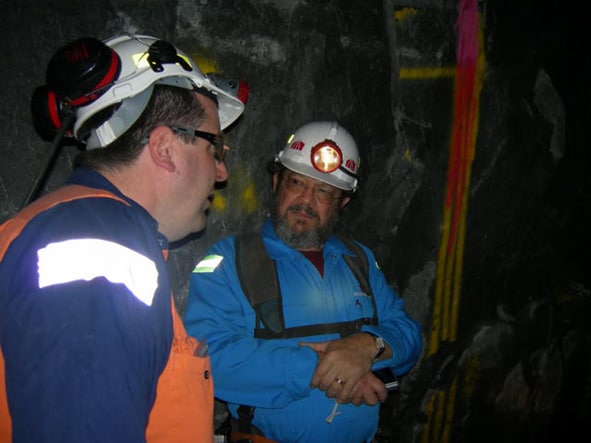 At the end of The Day of The Triffids, John Wyndham, had mankind living on the Isle of Wight, making sure that Triffids did not infest the island. Tasmania has a similar mindset as can be seen by its diligence on keeping the land free of foxes but that is keeping out a hazard. The greater challenge is renewing the land and removing a hazard that was allowed to grow and establish itself like triffids or, more realistically, asbestos.
At the end of The Day of The Triffids, John Wyndham, had mankind living on the Isle of Wight, making sure that Triffids did not infest the island. Tasmania has a similar mindset as can be seen by its diligence on keeping the land free of foxes but that is keeping out a hazard. The greater challenge is renewing the land and removing a hazard that was allowed to grow and establish itself like triffids or, more realistically, asbestos.
SafetyAtWorkBlog has written elsewhere about the Australian Workers Union push to make Tasmania free of asbestos by 2020. The signs are increasingly positive as the Tasmanian government issued a media release on 6 June 2010 that provides substantial impetus and legitimacy to the campaign.
The Minister for Workplace Relations, David O’Byrne, said today that the government will work with industry to develop legislative frameworks that provide a pathway for the prioritised removal of asbestos from Tasmania. Continue reading “The “Triffid defence” applied to asbestos”


